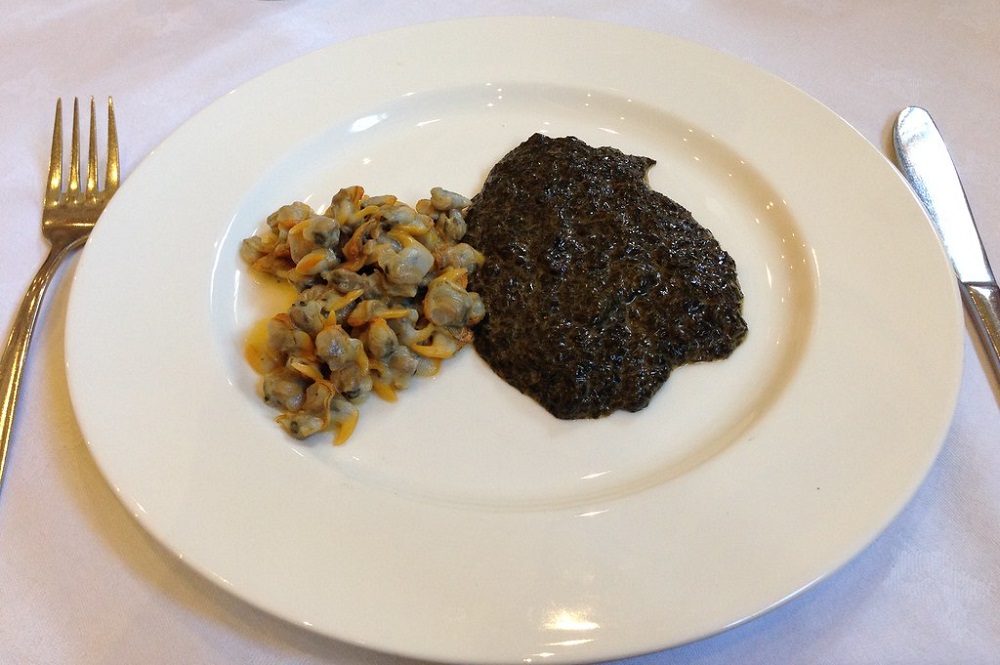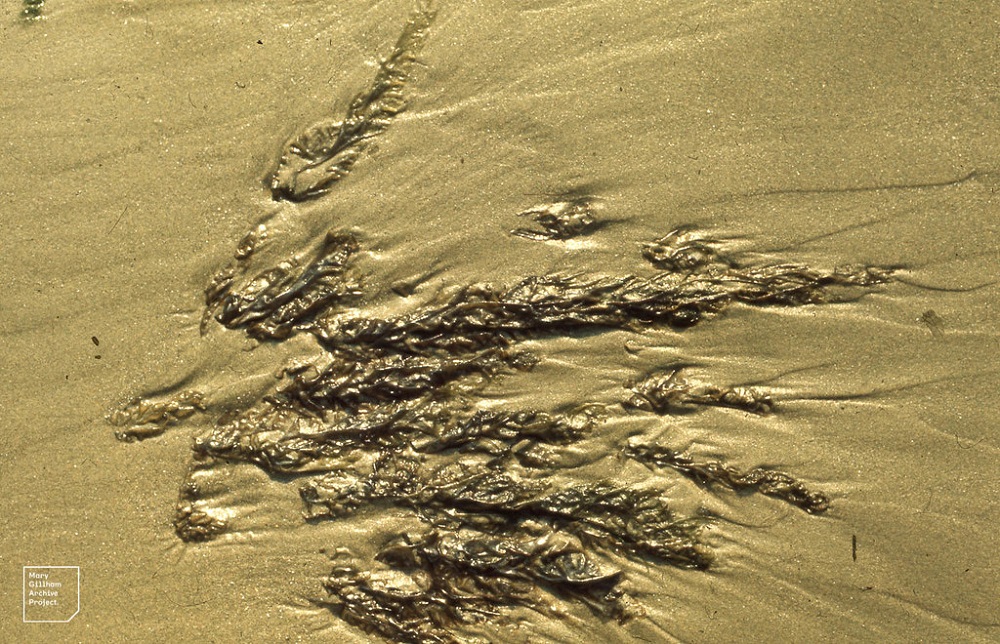The story of Laverbread – the most divisive of Welsh foods

Carwyn Graves
Porphyra umbilicalis, Bara lawr, the Welshman’s caviar, Laver bread. A dark green – or is it red? – or pink or deep brown? Seaweed that is simultaneously the crowning joy and sharpest point of division of all Welsh foods.
Crowning joy, because this is a true delicacy, with a deep umami flavour and a rich, smooth texture that fills your mouth.
Sharp point of division, because, like Marmite, this is a love-it-or-hate-it foodstuff, shunned and adored in equal measure even within the same family.
Laver bread, properly speaking, is the finished product made with laver, the name of the seaweed itself, derived from the Latin laver, laveris and cognate with the Welsh “lawr”.
It is native to rocks on all the westward shores of the British Isles, grows best in cold nitrogen-rich water, is one of the major plant-based sources of vitamin B12, and has a high content of a number of dietary minerals, with concentrations of both iron and iodine particularly high. (The iodine is what gives it the characteristic umami flavour akin to oysters or olives). And its marine riches have been appreciated for a long time in Wales.
We don’t know exactly when people first started harvesting and using laver in this part of the British Isles, but Gerald of Wales mentions its use in Pembrokeshire in the 12th century. At Freshwater West on the southern coast, women collected the seaweed from the rocks and hung it up in huts.
Black butter
William Camden, writing in his volume Britannia in 1607 gives us a more detailed account of how the weed was harvested in springtime: “Near St Davids, especially at Eglwys Abernon, and in many other places along the Pembrokeshire Coast, the peasantry gather in the Spring time a kind of Alga or seaweed, where they made a sort of food called lhavan or llawvan, in English, black butter.
“The seaweed is washed clean from the sand, and sweated between two tile stones. The weed is then shred small and well-kneaded, as they do dough for bread, and made up into great balls or rolls, which some eat raw, and others fry with oatmeal and butter”.
In more recent times, and certainly by the early 19th century, a cottage industry had grown up on the Burry Inlet and the Loughor estuary between Gower and Llanelli, and laver was a mainstay at nearby Swansea market.
A Victorian writer describing the curiosities of south Wales records that the laver on the southern Gower coast was “got close to low-watermark, washed well in sea water to free it from sand, then boiled 12 hours and seasoned with salt.”
Being easily harvestable, it provided welcome pocket money to poorer people in coastal communities, as a lady from Gower recalled in the 1970s: “Then I used to pick laver from the rocks, regularly. To help out with the mortgage on the house I used to do a regular trade with the laverbread I made. I used to sell it to local people, four pence a pound….Oh, I love laverbread. Always have it in the house if I can.”

Laver needs to be boiled for a good 10 hours before it can be used as food. Traditionally, throughout Wales, this boiling is done with a little salt, and it continues until you have a greeny-black puree.
Suffice to say, to the uninitiated it is not the most appetising of foods in appearance at this point. But from here, a huge array of possibilities present themselves. Traditionally, this included making the laver into little cakes fried with oatmeal, as Camden mentions, and eaten with bacon and cockles, or using it as delicious tangy spread on toast.
Oral memories captured by Minwel Tibbot in the 1920s from elderly people who could recall their childhoods in the 1840s and 50s give us recipes from Cardiganshire and South Pembrokeshire, and the accompanying note: “the most common method of cooking laverbread in the counties of South Wales was to fry it in bacon fat and serve it with bacon, usually for breakfast”.
This tradition carried over into the industrial coal-mining valleys, where laver and bacon was a relished Saturday morning breakfast for working class families into the late 20th century, providing a host of nutrients otherwise in short supply.
Cawl
It was also commonly made into “cawl lafwr” (a stew or soup) and was even served as a condiment with mutton and lamb. Bobby Freeman includes in her study of Welsh foods a recipe from a cookery book published in 1808 after the compiler, Mrs Maria Rundell, had visited Swansea.
The recommendation here is that ‘after roasting, Welsh mutton used to be dished with the piping hot laver ‘bread’ mixed with Seville orange juice’.
More recent recipes include laverbread quiche, laverbread pasta, laver sauce to accompany crab, or even as laver as a salad.
There are now serious efforts underway to develop laver cultivation off the coast in order to increase the amounts harvested, but as we shall see, the laver tradition continues today on the whole much as it has for centuries…
This is an extract taken from Chapter 3 of Carwyn Graves’ new book ‘Welsh Food Stories’ which tells the tale of many of Wales’ iconic, traditional and forgotten foods. You can purchase a copy of the book HERE
National Laverbread Day, April 14, was founded by Pembrokeshire chef Jonathan Williams – owner of Cafe Mor at The Old Point House in Angle, who loves it so much that he’s founded this special day to spread the laverbread love!
Support our Nation today
For the price of a cup of coffee a month you can help us create an independent, not-for-profit, national news service for the people of Wales, by the people of Wales.





The Youtuber Atomic Shrimp has produced a video about Laverbread as part of his series of Weird Stuff in a Can: <a href=”https://www.youtube.com/watch?v=K10LDBf2Jgw”>www.youtube.com/watch?v=K10LDBf2Jgw</a>
I w brought up on laverbread and bacon for breakfast, purchased in Neath market on a Friday and now loving in England miss it terribly. The tinned stuff is not as good as the fresh, so I have to send my hubby down to Cardiff market periodically to satisfy my cravings. There is a little cafe in Swansea market which cooks it in front of you. Deliocious.